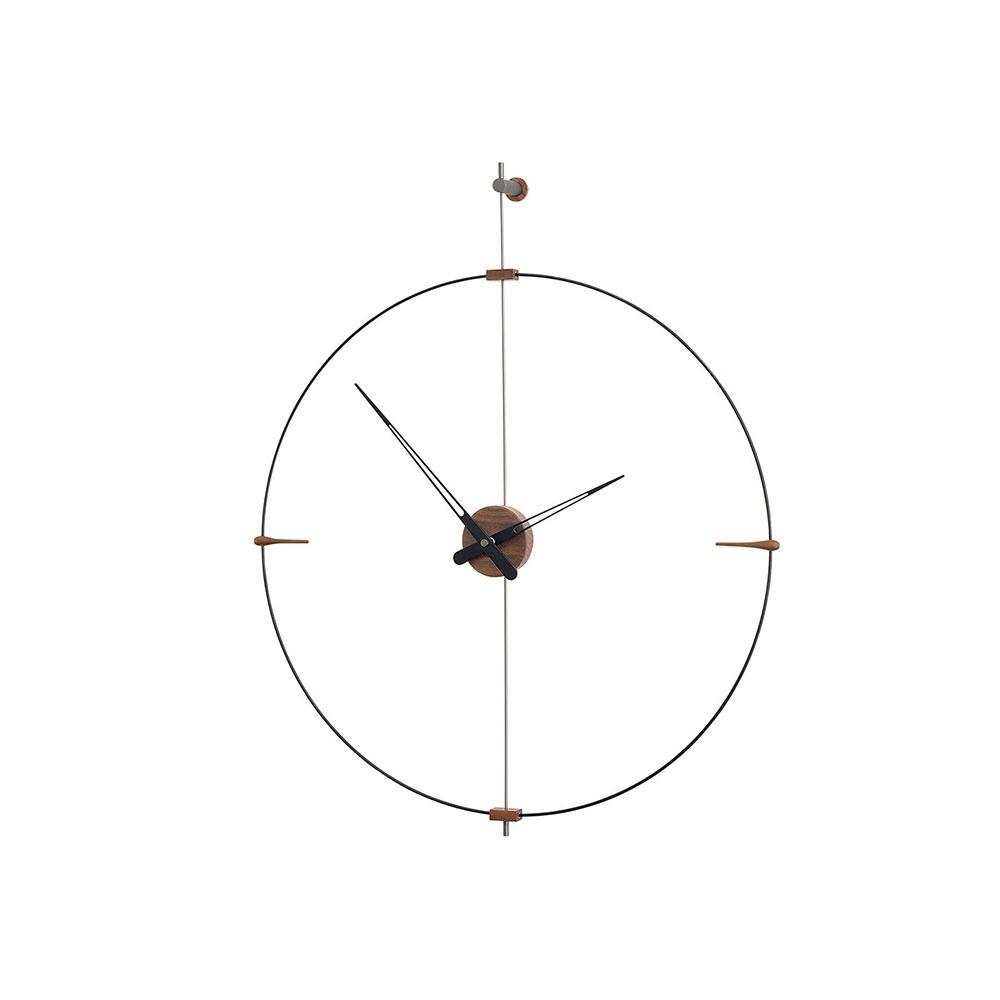

5 is a view illustrating a catching protrusion of the suspension system according to a second preferred embodiment of the present invention andįIG. 4 is a cross-sectional view along the line A-A shown in FIG. 3 is a perspective view illustrating a supplementary bracket of the suspension system shown in FIG. 2 is a perspective view illustrating a torsion bar of the suspension system shown in FIG. 1 is a perspective view of the suspension system according to a first preferred embodiment of the present invention įIG. The accompanying drawings, which are incorporated in and constitute a part of the specification, illustrate an embodiment of the invention, and, together with the description, serve to explain the principles of the invention:įIG. The bracket regulates such that when bumping occurs at less than a predetermined angle, the soft rigidity portion of the torsion bar twists, and when bumping in excess of that predetermined angle, the strong rigidity portion of the torsion bar twists. A supplementary bracket for regulating the operation of the torsion bar is disposed on a predetermined position of the torsion bar. That is, while one portion has a soft spring rigidity, the other portion has a strong spring rigidity. The torsion bar is divided into two portions having different spring rigidities respectively. The fixing pin fixes a body side of an upper control arm on the vehicle body. To achieve the above objects, the present invention provides a suspension system for a vehicle including a torsion bar which is disposed on a rear side of a fixing pin, longitudinally with respect to a vehicle body. It is another object of the present invention to provide a suspension system which has a simple structure omitting a stabilizer bar, together with achieving the previous object. It is an object of the present invention to provide a suspension system using a torsion bar which can improve riding comfort and cornering safety by dualizing a spring constant number of the torsion bar. SUMMARY OF THE INVENTIONĪccordingly, the present invention has been made in an effort to solve the above-described problem. However, the type of torsion bar used in a wishbone type suspension system has the problem of not being able to realize an optimal rolling state in accordance with a changed loading weight because when the vehicle has a zero or maximum loading weight, the torsion bar spring changes to a linear form. For example, the device may be a torsion bar used in a wishbone type suspension system. Therefore, the suspension system includes a vibration or shock absorbing device. If these vibrations are absorbed softly, riding comfort and stability are improved. Vibrations affect vehicle safety, including rolling, pitching, yawing, and bouncing of a vehicle during driving. To absorb impacts, a suspension system for a vehicle should be flexibly connected vertically, and to ensure driving force, braking force and centrifugal force during a vehicle's turning, which are generated at the wheels, a vehicle's suspension should be horizontally connected firmly. In general, a suspension system for a vehicle connects an axle shaft and a vehicle body to each other and absorbs vibrations and impacts from a road surface while running so that safety and improved riding comfort of a vehicle can be obtained. This invention relates to a torsion bar assembly for a vehicle suspension system which can enhance riding comfort and cornering safety by dualizing the spring constant number of the torsion bar.


 0 kommentar(er)
0 kommentar(er)
